Projects
Customizable WiFi/WiGig Networks based on Machine Learning
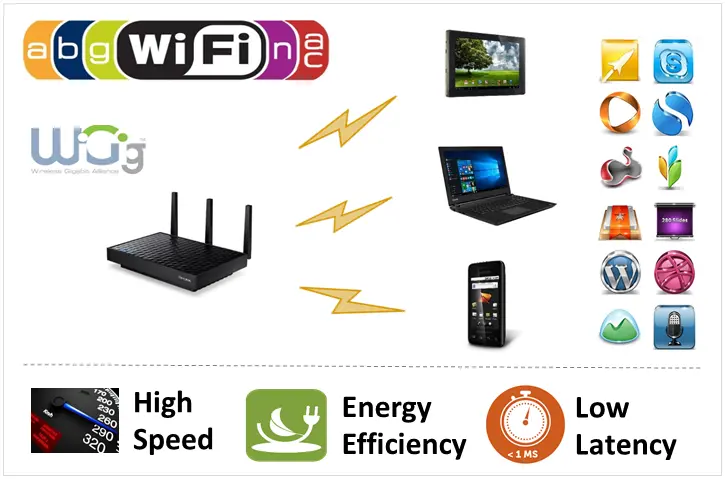


Publications
-
An Experience Driven Design for IEEE 802.11ac Rate Adaptation based on Reinforcement Learning
Syuan-Cheng Chen, Chi-Yu Li, Chui-Hao Chiu
IEEE INFOCOM'21.
-
Practical Machine Learning-based Rate Adaptation Solution for Wi-Fi NICs: IEEE 802.11ac as a Case Study
Chi-Yu Li, Syuan-Cheng Chen, Chien-Ting Kuo, Chui-Hao Chiu
IEEE Transactions on Vehicular Technology (TVT), Vol. 69, Issue 9, pp. 10274-10277, Sept. 2020.
-
Deep Reinforcement Learning Based Rate Adaptation in 802.11ac Wireless Networks
Syuan-Cheng Chen, Chi-Yu Li, Chui-Hao Chiu, Yu-Shuo Chang
Telecom'20.
Best Paper Award
-
An Energy Efficiency Perspective on Rate Adaptation for 802.11n NIC
Chi-Yu Li, Chunyi Peng, Peng Cheng, Songwu Lu, Xinbing Wang, Fengyuan Ren, Tao Wang
IEEE Transactions on Mobile Computing (TMC), vol. 15, no. 6, p1333-1347, 2016.
-
Latency-Aware Rate Adaptation in 802.11n Home Networks
Chi-Yu Li, Chunyi Peng, Guan-Hua Tu, Songwu Lu, Xinbing Wang, Ranveer Chandra
IEEE INFOCOM'15
Security in 4G/5G Networks: Attacks and Countermeasures
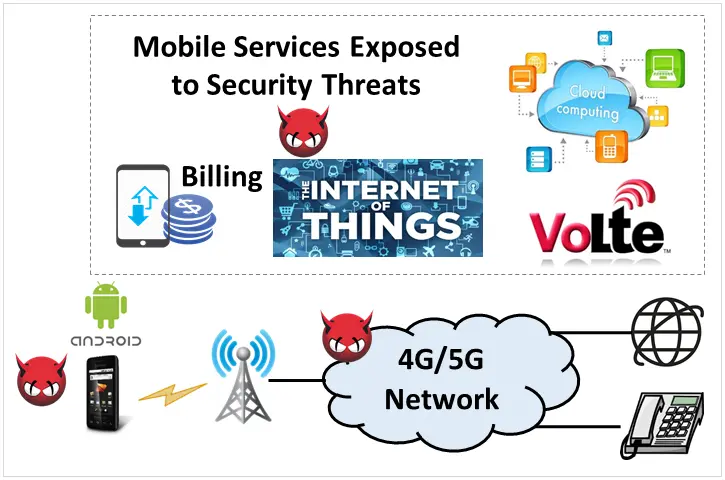



Publications
-
The Untold Secrets of WiFi-Calling Services: Vulnerabilities, Attacks, and Countermeasures
Tian Xie, Guan-Hua Tu, Bangjie Yin, Chi-Yu Li, Chunyi Peng, Mi Zhang, Hui Liu, Xiaoming Liu
IEEE Transactions on Mobile Computing (TMC), Vol. 20, Issue 11, pp. 3131-3147, Nov. 2021.
-
How Can IoT Services Pose New Security Threats in Operational Cellular Networks?
Tian Xie, Guan-Hua Tu, Chi-Yu Li, Chunyi Peng
IEEE Transactions on Mobile Computing (TMC), Vol. 20, Issue 8, pp. 2592-2606, Aug. 2021.
-
Ghost Calls from Operational 4G Call Systems: IMS Vulnerability, Call DoS Attack, and Countermeasure
Yu-Han Lu, Chi-Yu Li, Yao-Yu Li, Sandy Hsin-Yu Hsiao, Tian Xie, Guan-Hua Tu, Wei-Xun Chen
ACM MOBICOM'20.
-
The Dark Side of Operational Wi-Fi Calling Services
Tian Xie, Guan-Hua Tu, Chi-Yu Li, Chunyi Peng, Jaiwei Li, Mi Zhang
IEEE CNS'18.
Best Paper Award, Google Security Reward
-
New Security Threats Caused by IMS-based SMS Service in 4G LTE Networks
Guan-Hua Tu*, Chi-Yu Li* (*:Co-Primary), Chunyi Peng, Yuanjie Li, Songwu Lu
ACM CCS'16
Facebook Security Reward
Edge Computing Solutions in 4G/5G Networks
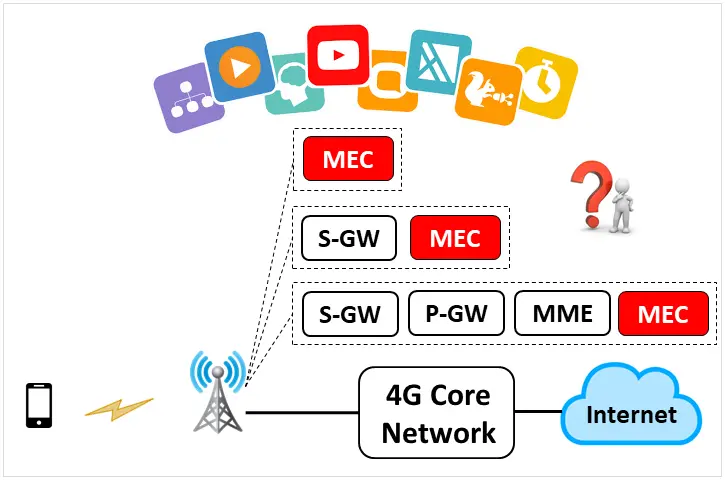




Publications
-
Prioritized Traffic Shaping for Low-latency MEC Flows in MEC-enabled Cellular Networks
Po-Hao Huang, Fu-Cheng Hsieh, Wen-Jen Hsieh, Chi-Yu Li, Ying-Dar Lin
IEEE CCNC'22.
-
Transparent AAA Security Design for Low-latency MEC-integrated Cellular Networks
Chi-Yu Li, Ying-Dar Lin, Yuan-Cheng Lai, Hsu-Tung Chien, Yu-Sheng Huang, Po-Hao Huang, Hsueh-Yang Liu
IEEE Transactions on Vehicular Technology (TVT), Vol. 69, Issue 3, pp. 3231-3243, March 2020.
-
A Transparent MEC Testbed for 4G/5G Cellular Networks
Yu-Sheng Huang, Po-Hao Huang, Yu-Cheng Lai, Hsu-Tung Chien, Chi-Yu Li
Mobile Computing Workshop'19.
Best Demo Award
-
Mobile Edge Computing Platform Deployment in 4G LTE Networks: A Middlebox Approach
Chi-Yu Li, Hsueh-Yang Liu, Po-Hao Huang, Hsu-Tung Chien, Guan-Hua Tu, Pei-Yuan Hong, Ying-Dar Lin
USENIX HotEdge'18.
C-V2X Safety Warning System
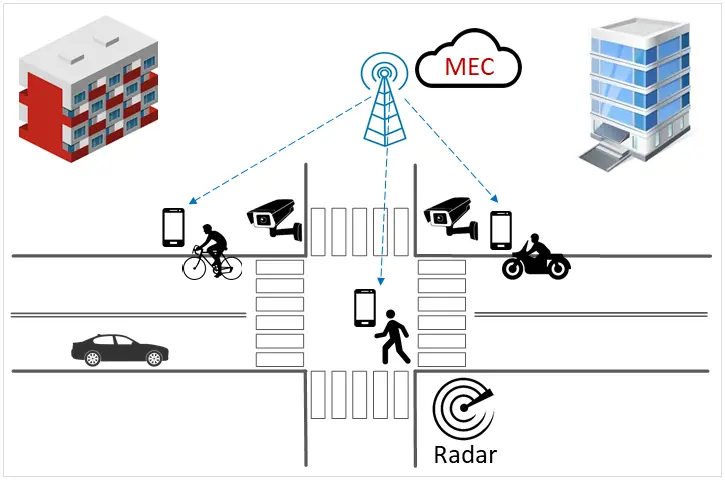

Publications
-
V2PSense: Enabling Cellular-based V2P Collision Warning Service Through Mobile Sensing
Chi-Yu Li, Giovanni Salinas, Po-Hao Huang, Guan-Hua Tu, Guo-Huang Hsu, Tien-Yuan Hsieh
IEEE ICC'18.
Wireless Networking on UAVs
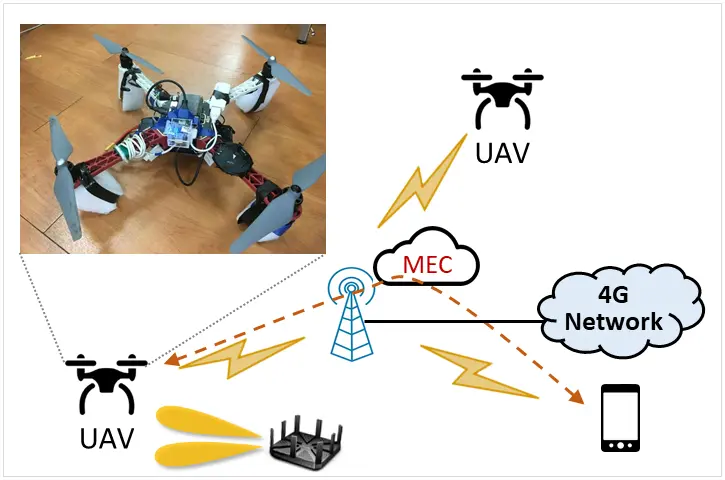

Publications
-
UAV-FAP: User Fairness-Driven Access Point on UAV for Wi-Fi Networks
Yung-Chuan Wu, Hong-Rong Chang, Meng-Shou Wu, Chi-Yu Li, Kuochen Wang
IEEE CCNC'22.
-
WBF-PS: WiGig Beam Fingerprinting for UAV Positioning System in GPS-denied Environments
Pei-Yuan Hong, Chi-Yu Li, Hong-Rong Chang, YuanHao Hsueh, Kuochen Wang
IEEE INFOCOM'20.
-
3D On-Demand Flying Mobile Communication for Millimeter Wave Heterogeneous Networks
Kai-Ten Feng, Li-Hsiang Shen, Chi-Yu Li, Po-Tsang Huang, Sau-Hsuan Wu, Li-Chun Wang, Yi-Bing Lin, Mau-Chung Frank Chang
IEEE Network, Vol. 34, Issue 5, pp. 198-204, September/October 2020.
-
Communications and Networking Technologies for Intelligent Drone Cruisers
Li-Chun Wang, Chuan-Chi Lai, Hong-Han Shuai, Hsin-Piao Lin, Chi-Yu Li, Teng-Hu Cheng, Chiun-Hsun Chen
IEEE Globecom'19 Workshop on SGINs.
